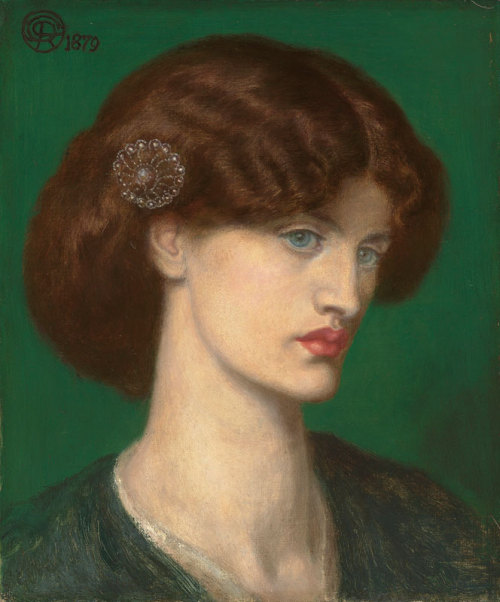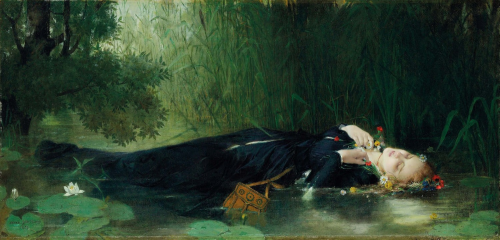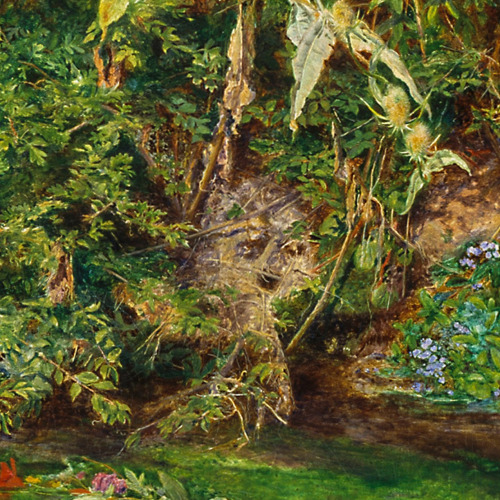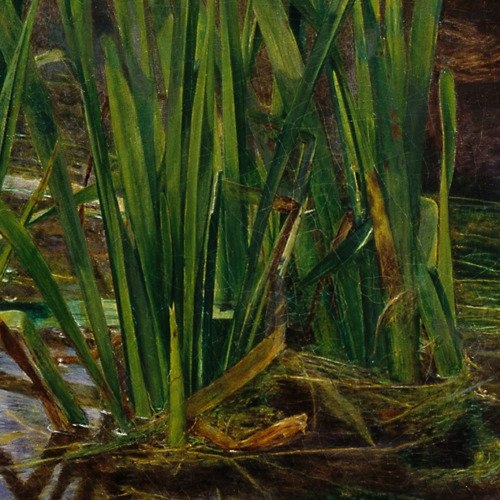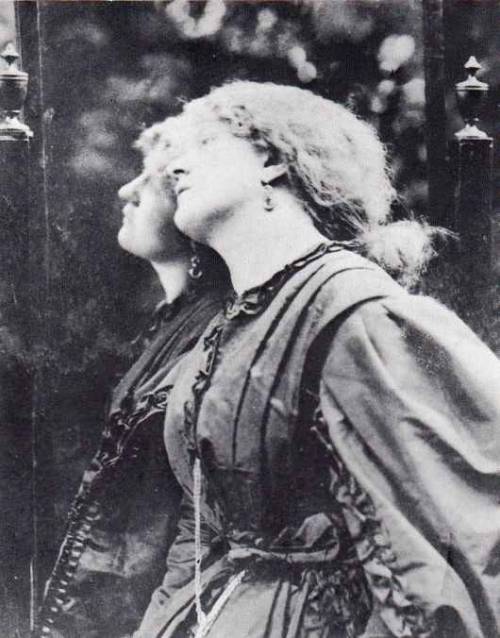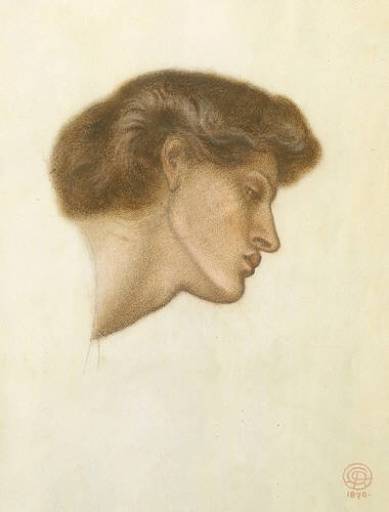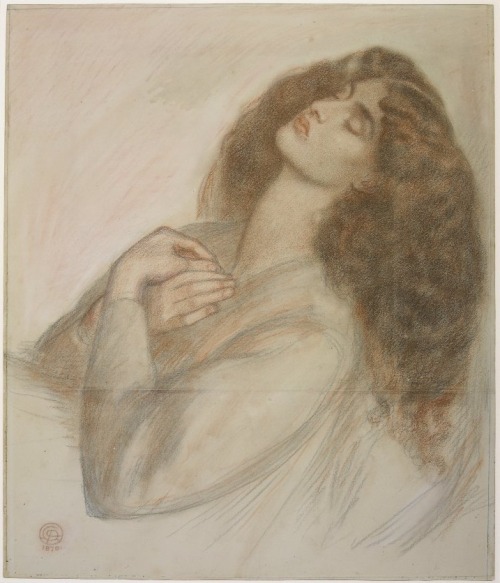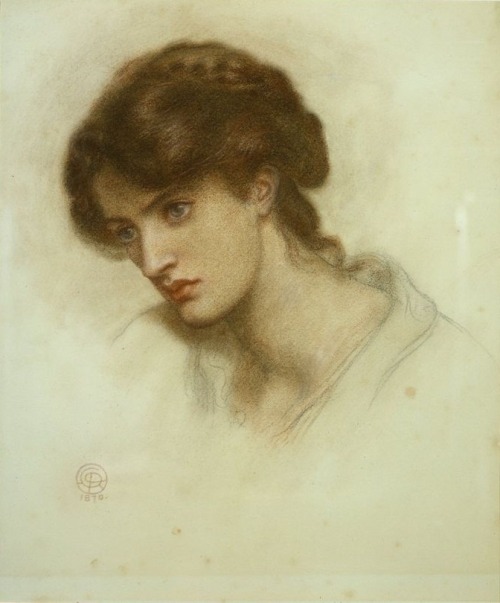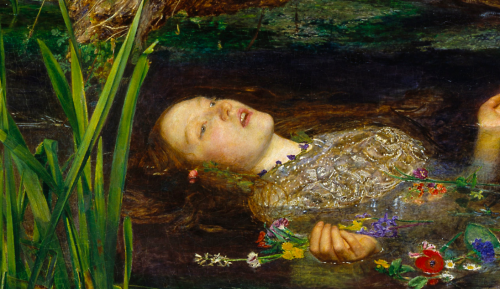#pre raphaelite women
beatrice (1879) and the salutation of beatrice (1869), painted by dante gabriel rossetti. jane morris is the model for both portraits.
Post link
io sono in pace by dante gabriel rossetti (1875) / paulo e francesica da rimini (1867) by dante gabriel rosseti
Post link
the vampire by philip burne-jones (1897). the model is actress mrs patrick campbell; burne jones was the oldest son of pre-raphaelite painter edward burne-jones.
Post link
ophelia by alexander cabanel; ophelia by friedrich wilhelm theodor heyser; ophelia by jean baptiste bertrand; detail from ophelia by john everett millais
Post link
detail from the last sleep of arthur in avalon by edward burne-jones (1881-1898) // the sleeping beauty by john collier (1921)
Post link
“symphony in white, no. 1: the white girl” by j.a.m. whistler (1861-62) // “a somnambulist” by john everett millais (1871)
Post link
hidden details in millais’ ophelia:
- a robin perched on a branch in the upper right hand corner.
- a mist of cobweb above the sitter’s feet ominously remminiscent of a skull.
- dead reeds rotting in the water. the backdrop was in 1851 from june until november, in ewell, surrey.
- a garland of violets around the neck of ophelia, modelled by elizabeth siddal.
Post link
fanny cornforth, pre-raphaelite model and dante gabriel rossetti’s housekeeper until his death, died on 24 february 1909. she is pictured here as the sitter for rossetti’s fair rosamund (1861) and photographed in 1863. cornforth is often the subject of scholarly bias, owing in part to her status as rossetti’s longtime mistress and in part to her figure, which was fuller and more lush than the traditional sylph-like femininity typically associated with pre-raphaelite women. moreover, cornforth was working class, working as a servant from at least 1851: william michael rossetti wrote that “she had no charm of breeding, education, or intellect”. however, cornforth appeared in many of rossetti’s most famous works, including bocca baciata, and was the first person to open a dedicated museum to rossetti’s work after his death.
Post link
study for the head of ophelia by john everett millais (1852), alongside the completed version. the model is elizabeth siddal, aged twenty. during her sitting for ophelia, the oil lamps which heated the bathtub in which siddal was floating for the piece went out; the water went cold- millais’ studio was in a basement, and it was the winter of 1851/1852- but siddal did not disturb the artist. she eventually contracted pneumonia, but recovered and became an artist in her own right. it is unsubstantiated whether the health issues that shaped much of her life were directly related to the ophelia incident.
Post link

moses’ mother by simeon solomon (1860)
we have merchandise! purchase your very own pre-raphaelist tshirt on redbubble, featuring a transparent elizabeth siddal as drawn by dante gabriel rossetti in 1852.
Post link

